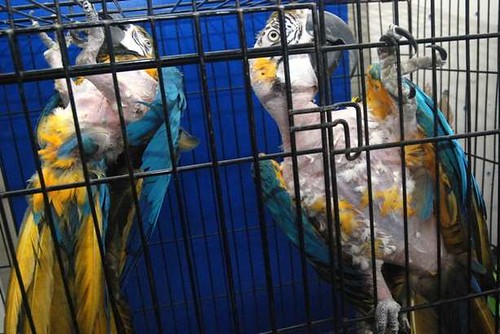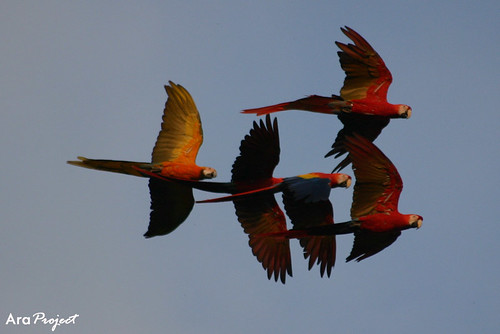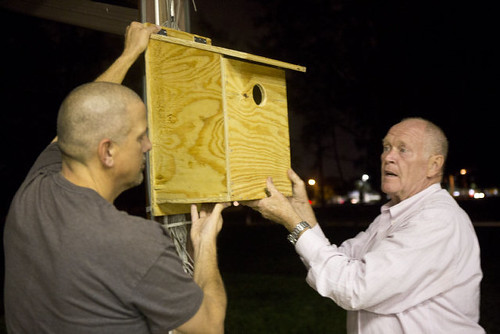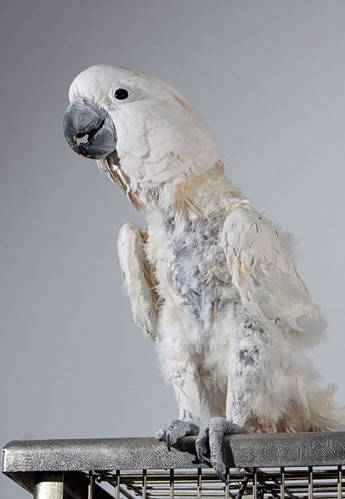 Once abundant in the Nicoya Peninsula, the Ara Macaw (lapa roja) population has decreased over the years, but efforts are now being made to help the macaws recover.
Once abundant in the Nicoya Peninsula, the Ara Macaw (lapa roja) population has decreased over the years, but efforts are now being made to help the macaws recover.
Nelson Marin Mora, director of the Tempisque Conservation Area with Minaet in Nicoya, said there are now very few macaws in the peninsula, primarily because people have captured the vibrantly colorful birds to sell as pets. However, Marin assured that the new Wildlife Conservation Law will help since it carries very strict penalties, with fines of up to 1.2 million colones ($2400) for anyone who has wildlife in captivity without authorization.
Click to read more ...
 Thursday, April 4, 2013 at 16:28
Thursday, April 4, 2013 at 16:28  Amazona aestiva - Blue-fronted Amazon,
Amazona aestiva - Blue-fronted Amazon,  Amazona farinosa - Mealy Amazon,
Amazona farinosa - Mealy Amazon,  Amazona oratrix - Yellow-headed Amazon,
Amazona oratrix - Yellow-headed Amazon,  Amazona viridigenalis - Red-crowned Amazon,
Amazona viridigenalis - Red-crowned Amazon,  Ara ararauna - Blue-and-Gold Macaw,
Ara ararauna - Blue-and-Gold Macaw,  Ara macao - Scarlet Macaw,
Ara macao - Scarlet Macaw,  Psittacus erithacus - African Grey Parrot | in
Psittacus erithacus - African Grey Parrot | in  Animal cruelty,
Animal cruelty,  Rescue,
Rescue,  Welfare
Welfare 





